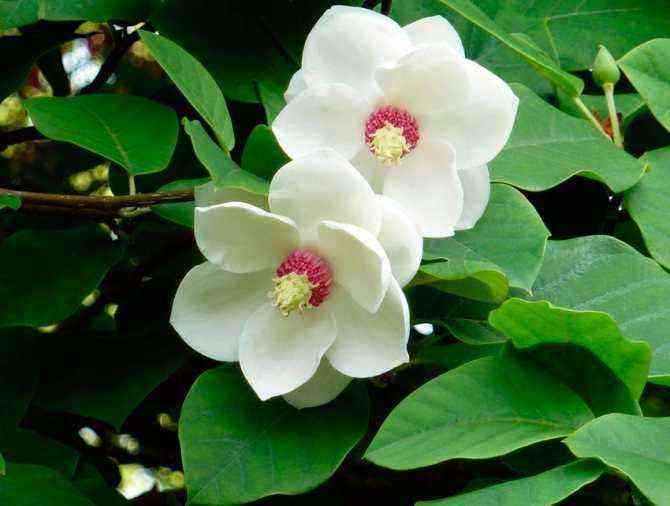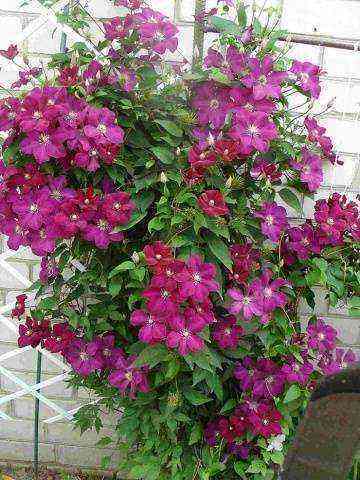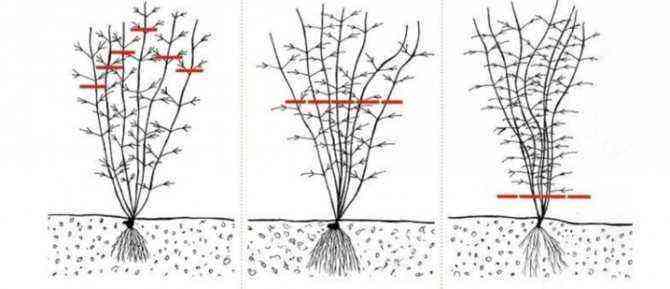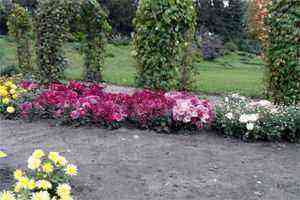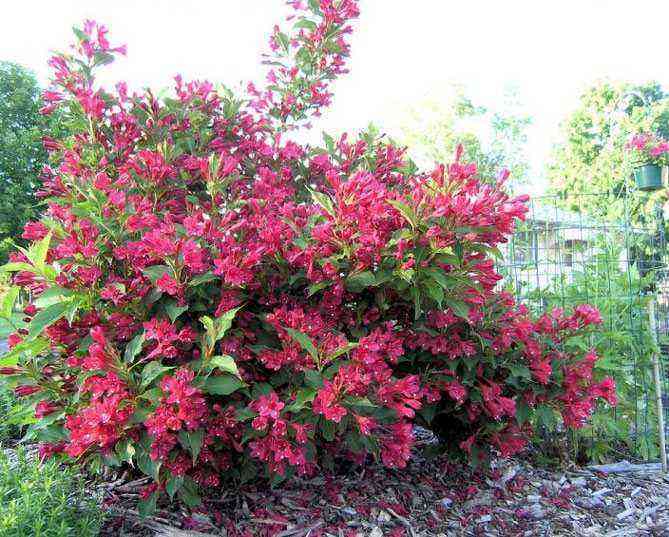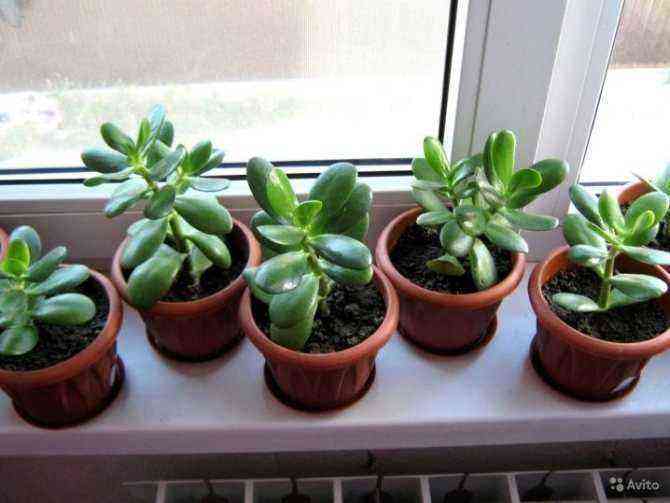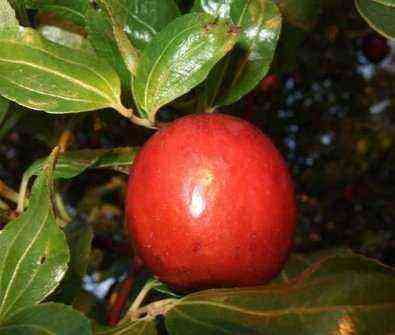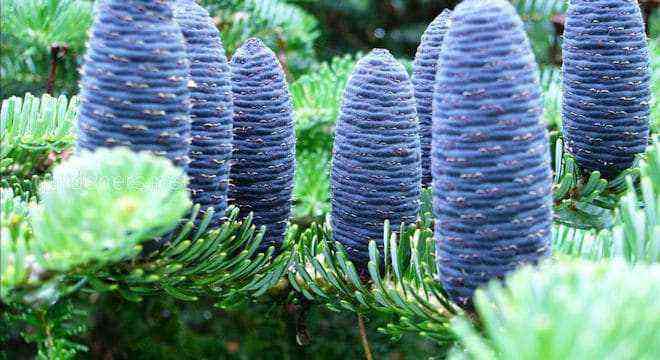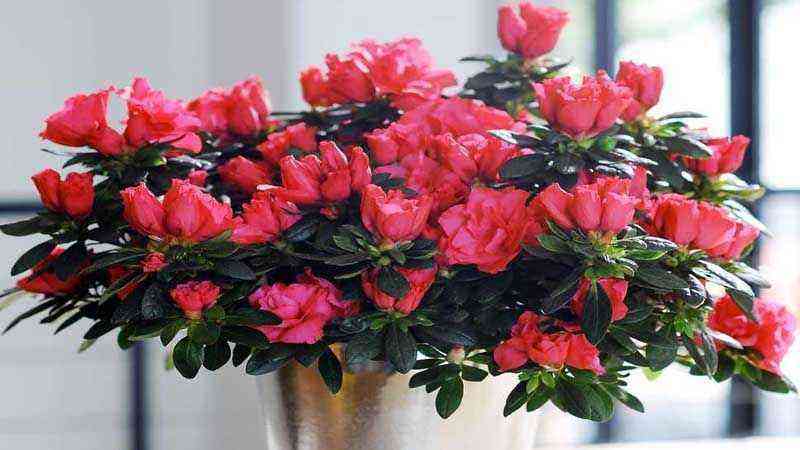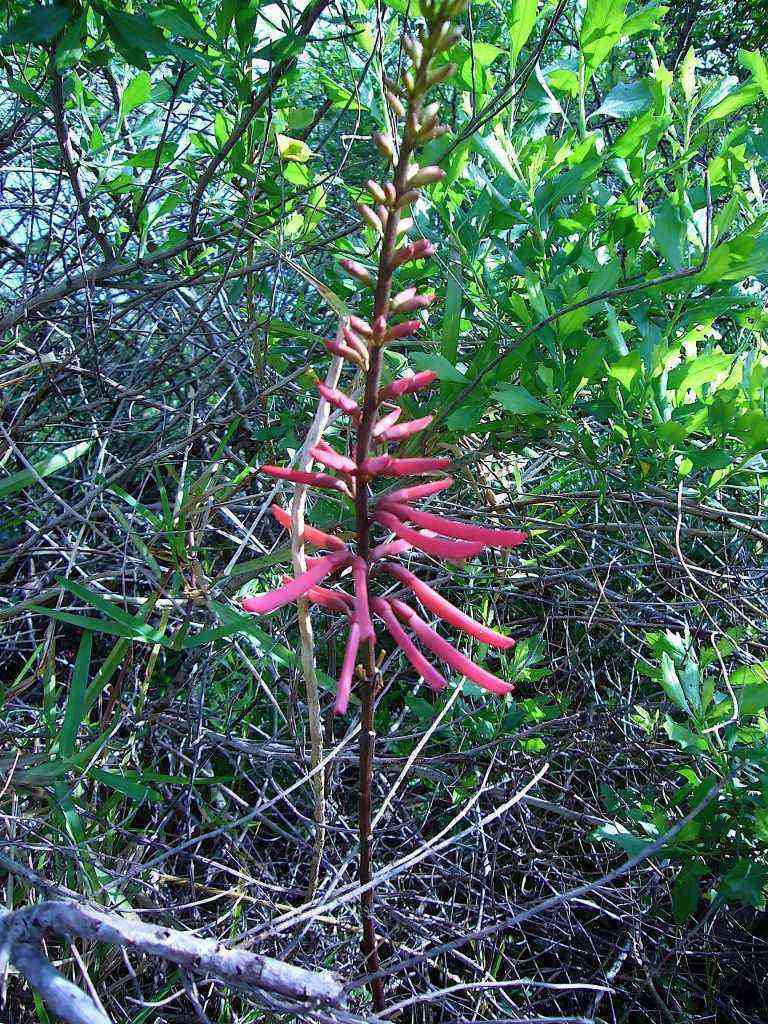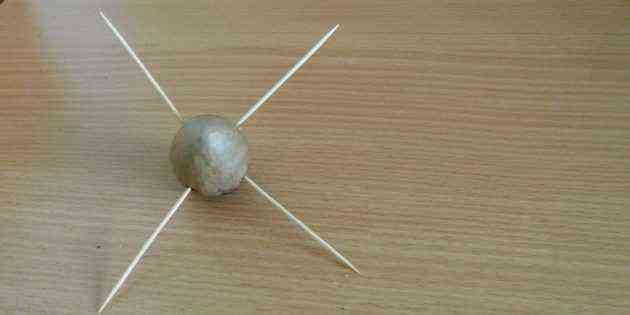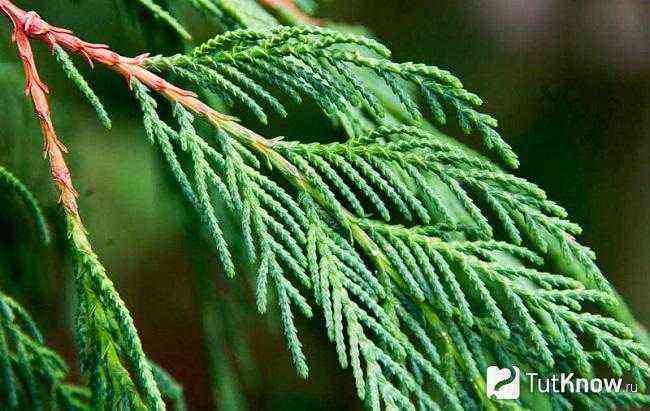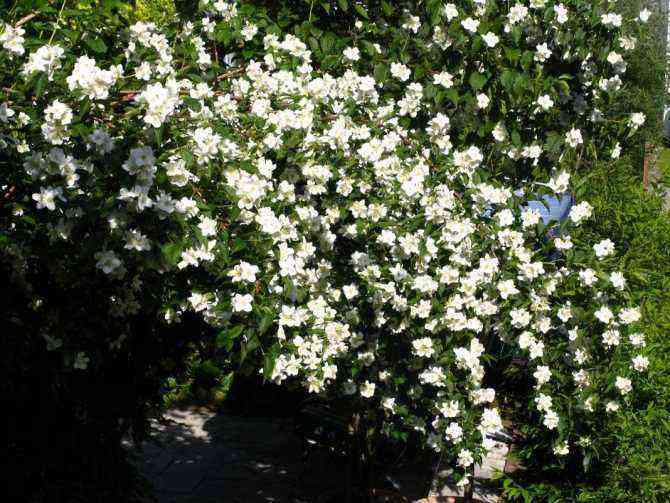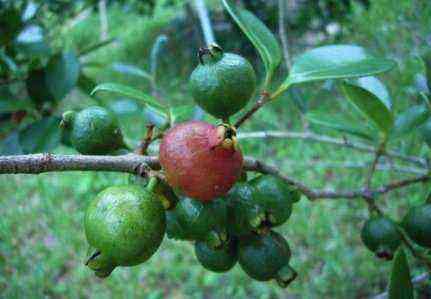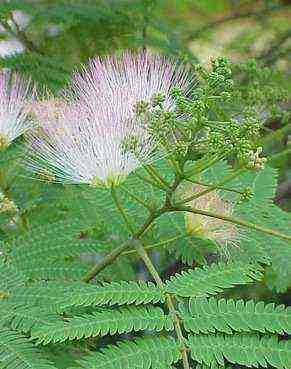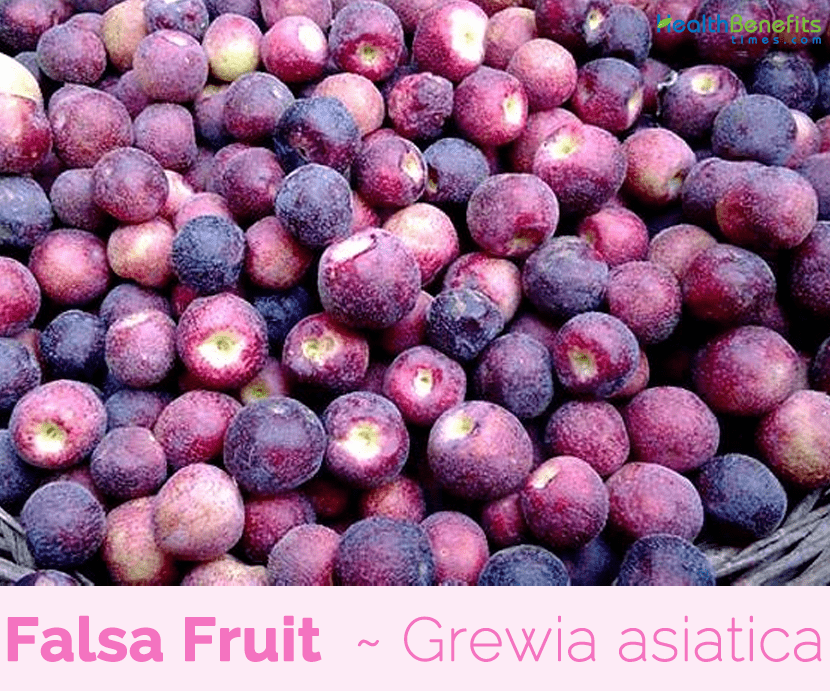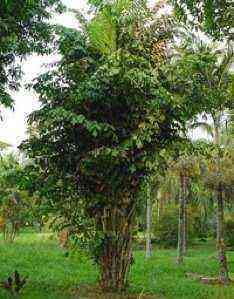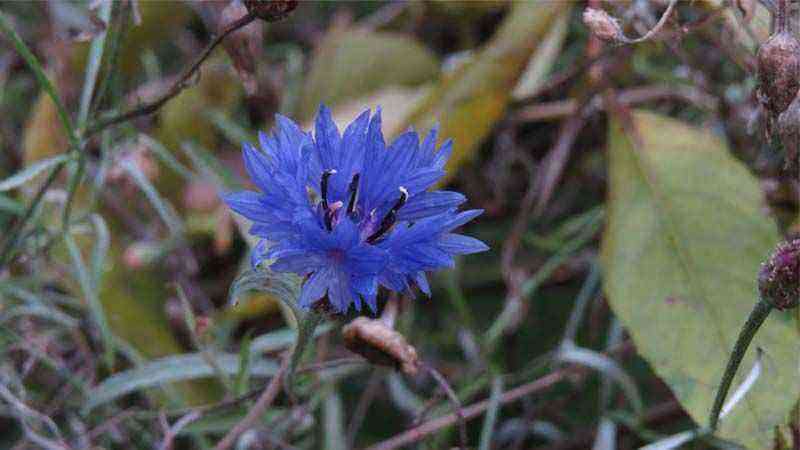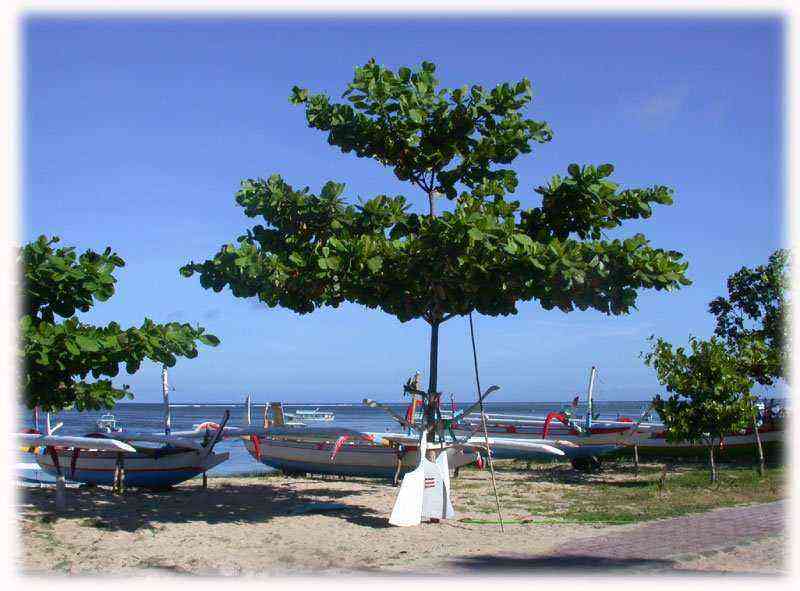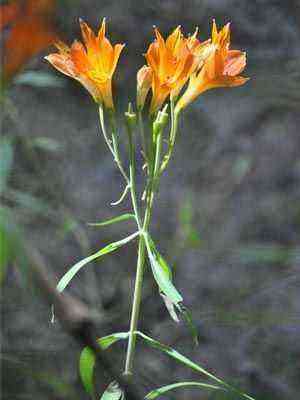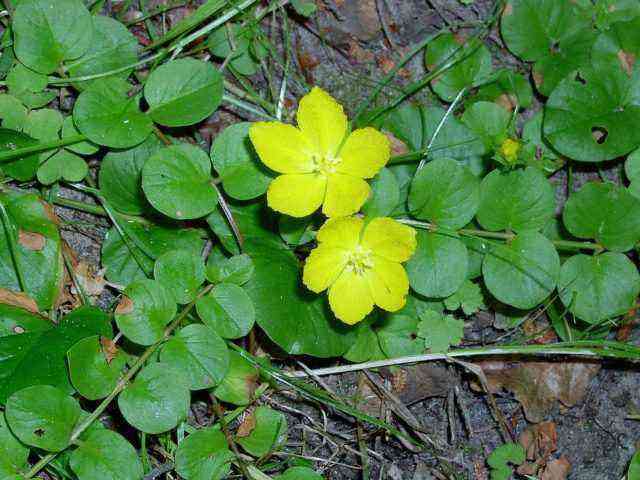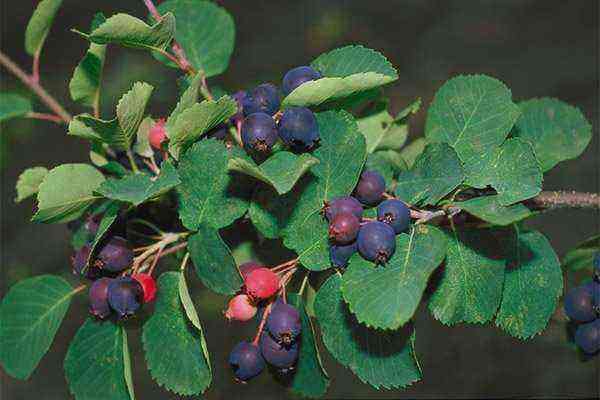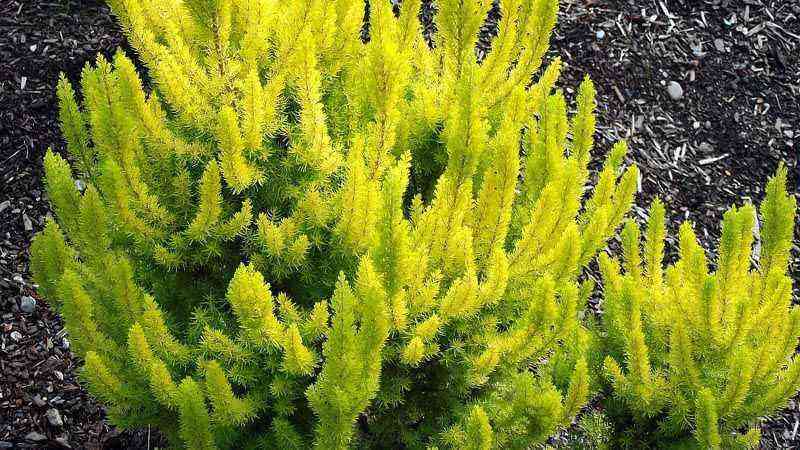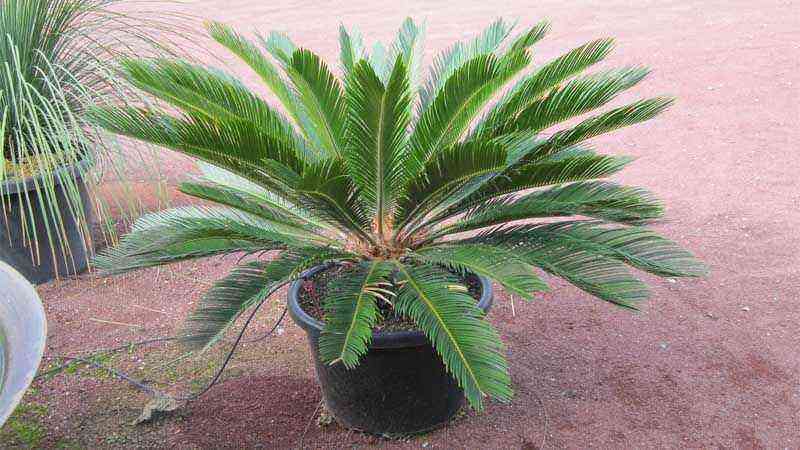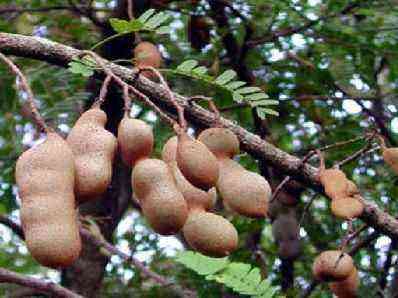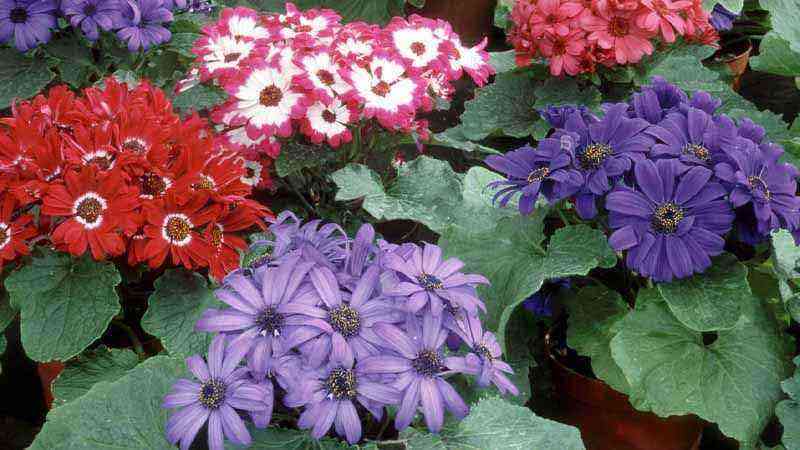Hosta Blue Ivory Hosta Blue Ivory
Hosta hybrid A wonderful hosta that appears in spring with dense blue leaves with a wide creamy white border. By summer, the border turns white, and the middle becomes blue-green. Leaf – blue center, white border. Lavender flowers, blooms in July. It is planted in partial shade or in the shade. Looks impressive alone and in groups. Height 40-60cm. Zone – 3 (-40 / -34 ° C). Not damaged by slugs. Loves fertile, moist soils. Originator – Bill Meyer / Luc Klinkhamer 2009
Hosta (Latin Hosta), or Function Is a genus of herbaceous perennials of the Asparagus family, although it was previously referred to the Liliaceae family. The host was named in honor of the Austrian botanist and physician N. Host, and its second name – the function – it received in honor of G.H. Funck, a German botanist. There are about 40 plant species in total. The historical area of the host is East Asia (Korea, China, Japan), the southwest of the Far East, Sakhalin and the Kuril Islands. Moisture-loving hosts grow along the banks of rivers and streams, on mountain slopes, on forest edges … The Japanese consider the hosta flower to be a sacred plant, and leaf stalks are used as food as a delicacy. Having appeared in England, the hosta could not immediately impress the locals, but, once in the New World, she soon became the most popular plant. So much so that its popularity has spread to other continents.
Growing rules
Hosta Blue Ivory does not need particularly careful care. To successfully grow this beautiful bush, you must follow a few simple rules:
- Water regularly, especially in dry weather, and keep the soil moderately moist at all times. Excessive moisture is not allowed.
- Already in the spring, it is better to lay a layer of mulch so that the soil retains moisture well. In addition, mulching prevents weeds from growing.
- Periodically loosen the soil, which is especially important for young seedlings.
As for fertilizers, it is optimal to apply them 3 times per season:
- In April, add urea, ammonium nitrate or other nitrogen fertilizer for lush growth of leaves.
- In the middle of summer, potassium salt and superphosphates are added to maintain flowering.
- In the last decade of August, the same composition is added. After that, you do not need to feed.
At the same time, additional feeding should not be added in the first year – the plant has enough humus or manure introduced into the pit during planting.
Attention! When watering, it is important to ensure that no water gets on the leaves at all. Otherwise, they can get sunburn.
Preparation for winter
Blue Ivory is very resistant to frost, so there is no need to cover it for the winter. Usually in the fall, several procedures are carried out with the plant:
- All wilted peduncles are removed – they are cut off completely.
- If necessary, remove old foliage and obviously damaged shoots.
- The trunk circle is mulched with hay, straw, peat or needles. It is not necessary to specially cover the bush with burlap or other materials.
Products from category (49)
- Hosta Moonlight Sonata Hosta Moonlight Sonata Hosta Clifford Stingray Hosta Clifford’s Stingray Hosta Color Glory Hosta Color Glory Hosta Color Festival Hosta Color Festival Hosta Capten’s Edvenche Hosta Captain’s Adventure Hosta Carol Hosta Carol Hosta Mata Hari Hosta Hosta Mata Split Hosta Moon Split Hosta Orange Marmalade Hosta Orange Marmalade Hosta Paise Hosta Pizzazz Hosta Patriot Hosta Patriot Hosta Paul’s Glory Hosta Paul’s Glory Hosta Risks Business Hosta Risky Business Hosta Rainbow’s End Hosta Rainbow’s End Hosta Sunset Groves Hosta Sunset Hosta Sunset T-Dawg Hosta T Rex Hosta T Rex Hosta White Bikini Hosta White Bikini Hosta Whirlwind Hosta Whirlwind Hosta First Frost Hosta First Frost Hosta Firn Line Hosta Firn Line Hosta Fortunei Aureomarginata Hosta Fortunei Aureomarstaata Hocesrenami Hosta Fren Chain Lightning Hosta Chain Lightning Hosta Elegans Hosta Ele gans Hosta Annie Hosta Anne Hosta Hosta Hosta 20-25 Hosta 25-30 Hosta Abigua Munbim Hosta Abiqua Moonbeam Hosta Abiqua Drinking Guard Hosta Abiqua Drinking Gourd Hosta Albomarginata Hosta Undulata Albomarginata Hosta Atlantis Hosta Atlantis Hosta Beach Hosta Blue Mouse Eyes Hosta Blue Mouse Ears Hosta Glad Tidings Hosta Glad Tidings Hosta Grand Maki Hosta Grand Marquee Hosta Gypsy Rose Hosta Gypsy Rose Hosta Dinky Donna Hosta Dinky Donna Hosta Dream Weaver Hosta Dream Weaver Hosta Imperial Majesta Hosti Intera Catherine Hosta Brim Cup Hosta Golden Meadows, buy Hosta Golden Meadows
Description
Blue Ivory is a small hosta, reaching a height of 25-40 cm.The diameter of the bush is 50-60 cm.
The leaves are very dense, waxy, heart-shaped, somewhat narrowed to the tip (length – 18-20 cm, width – 13-15 cm). The central part of the leaf plate is bluish-blue, the dashed edge is cream.
Flowering begins in June-July. Inflorescences of small light lilac bells without a pronounced odor appear on high peduncles. In one place, Blue Ivory can grow for 10-15 years.
How to plant and care?
Blue hosts are planted in the spring. The ideal soil for this variety is wet or slightly acidic. Do not forget about the drainage layer, which is laid out on the bottom of the planting pit. Note that the blue hosta reacts negatively to drafts, so the place must be protected from gusty winds.
When planting, the root system of the plant is evenly distributed and covered with soil. The soil surface is mulched with dry foliage or peat, then the plant is watered abundantly.
“Blue Ivory” is used in collective plantings. The distance between seedlings should not be less than 1 meter. Water the hedge very carefully, otherwise there is a high probability of spoiling the leaves.
Breeding methods
Blue Ivory can be propagated:
- seeds;
- cuttings;
- division of the bush.
It is better to breed relatively mature plants at the age of 4 years and older. The fastest way is to divide the bush. It is carried out practically in any season – in spring, summer and even autumn, and no later than a month before frost.
To divide the bush, proceed as follows:
- Cut the ground with a sharp shovel within a radius of 35 cm from the center of the plant (you can navigate by the size of the hosta bush).
- Dig the bush together with the ground.
- Hit the surface several times to shake off the soil.
- With the help of a sharp knife, cut it into several parts so that each division has 2-3 sprouts.
- They are transplanted to a new place at about the same depth.
- For the winter they mulch (in the southern regions this is not necessary).
Care of seedlings
The optimum temperature for seedlings is + 20-25 ° C. The first seedlings appear after 2 weeks. Then the greenhouse is transferred to a well-lit place and periodically ventilated, accustoming the plants to an open space. It is important to monitor the moisture content of the soil and not allow it to dry out. At the stage of the first pair of leaves, the seedlings are picked by placing them in different containers. The pots are placed in a large tray of water and watered through it. The top layer of the soil is covered with sand and the moisture is monitored. When young plants get stronger, they begin to harden, lowering the air temperature to +18 ° C. Hosts develop very slowly and almost always lose varietal qualities when propagated in this way.
